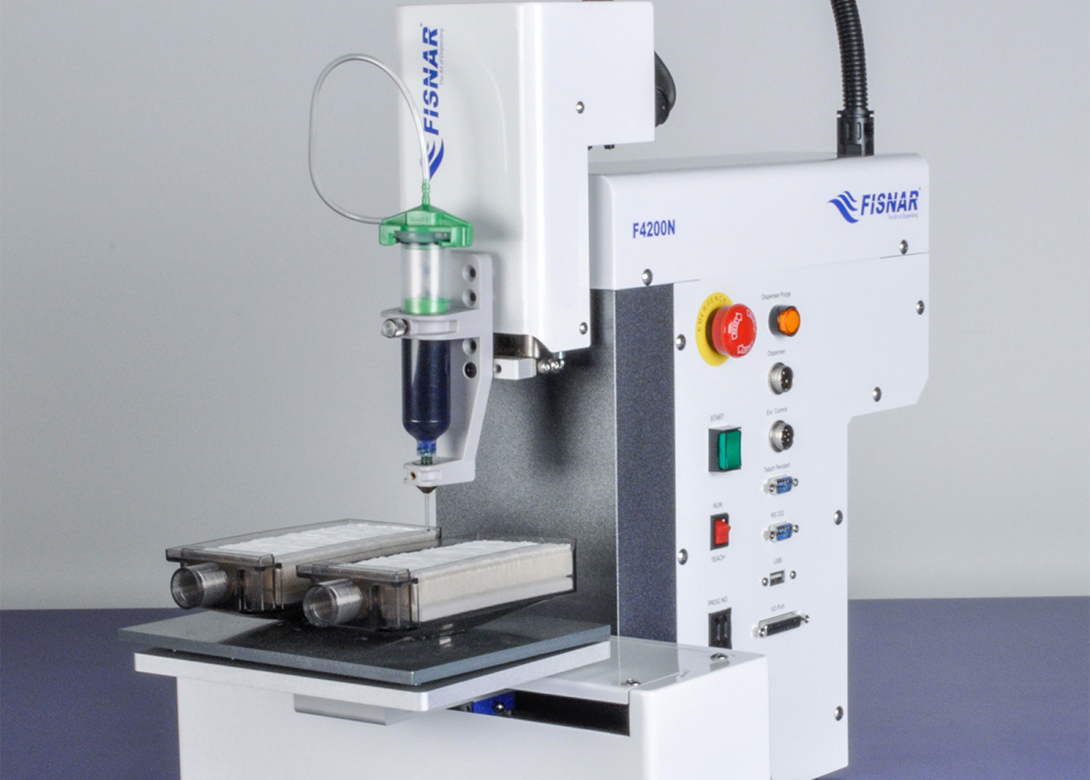
One of the major considerations when specifying an adhesive is how quickly it will deliver return on investment (ROI), a metric that is affected by a variety of tangible and intangible factors. Here Matthew Baseley, technical sales executive at adhesives specialist Intertronics, explains the considerations that determine ROI in an adhesives process.
If you’ve ever tried to source an adhesive for your application, you probably realised quickly that there is no universally perfect adhesive. Everything from the substrates you’re bonding, operating temperature and humidity, to the exposure of the assembly to solvents, weather and mechanical stress, will influence your choice of adhesive.
It is worth understanding that the adhesive choice will only be one component of the full bonding process - which includes surface preparation, adhesive mixing, application and dispensing, curing and QA - and that it is in this entire process that you are investing. It is important to take a holistic view; for example, application and curing equipment costs, and efficiency of method, are factors that will affect an ROI calculation and so allow comparison to other options.
We think of ROI as a measure of how fast we get our money back after making an investment. For a bonding process, an investment in equipment can be justified by improvements in the method, or savings in resources like labour, energy or space. However, there are many hidden, intangible benefits that come with suitable investment - ones that go beyond the headline ROI figure.
Determining ROI
There is always a compromise to be made in adhesive specification, and that is often between ultimate adhesive functionality and optimal bonding process. The very best bond strength may come from an adhesive with a complicated preparation requirement and an extensive cure time; but that may not be suitable for the proposed production volumes or speed of manufacture. Sometimes this dilemma stems from over specifying the adhesive requirements, which limits material choice and so can add cost. Factoring in adhesive ‘process ability’ can ultimately deliver a faster ROI, without compromising on quality.
For example, while the upfront cost of UV light curing equipment may be higher than a process using an adhesive that cures at room temperature over time, the increased throughput achieved with on-demand curing - seconds, rather than minutes or hours - may well offer a much shorter payback period.
In fact, when a UV light cure systems technology is looked at as an integral part of a full production process - across inventory, dispensing, curing and quality assurance - it can lead to an average of 30% savings in overall process costs.
While not necessary for small batch adhesive assembly operations where manual mixing and application are deemed sufficient, the accuracy and repeatability possible using robotic dispensing or automated adhesive mixing lowers process variability and can be compelling even in moderate volume applications. By reducing human error and increasing precision, you can lower scrappage rates and material waste. The labour cost element is often reduced, as operators are reallocated to more productive work (possibly with upskilling). Adhesive dispensing robots are available for surprisingly modest costs and factoring all the advantages of automation usually results in a quick ROI.
It’s important to note that the collective improvement in all these areas; from throughput and standardisation, to quality and yield, has an impact on the business that goes well beyond the tangible measurables. It is ultimately the imperceptible improvement in your brand and reputation that leaves a lasting impact in the mind of your customer.
Thinking about the return on investment for a new bonding application or improvement of an existing one involves a comprehensive consideration of the entire process. A higher initial investment can lead to a faster ROI. In addition, investing in a robust, reliable and repeatable process can have a lasting, intangible impact on your brand.

Having spent a decade in the fastener industry experiencing every facet – from steel mills, fastener manufacturers, wholesalers, distributors, as well as machinery builders and plating + coating companies, Claire has developed an in-depth knowledge of all things fasteners.
Alongside visiting numerous companies, exhibitions and conferences around the world, Claire has also interviewed high profile figures – focusing on key topics impacting the sector and making sure readers stay up to date with the latest developments within the industry.





